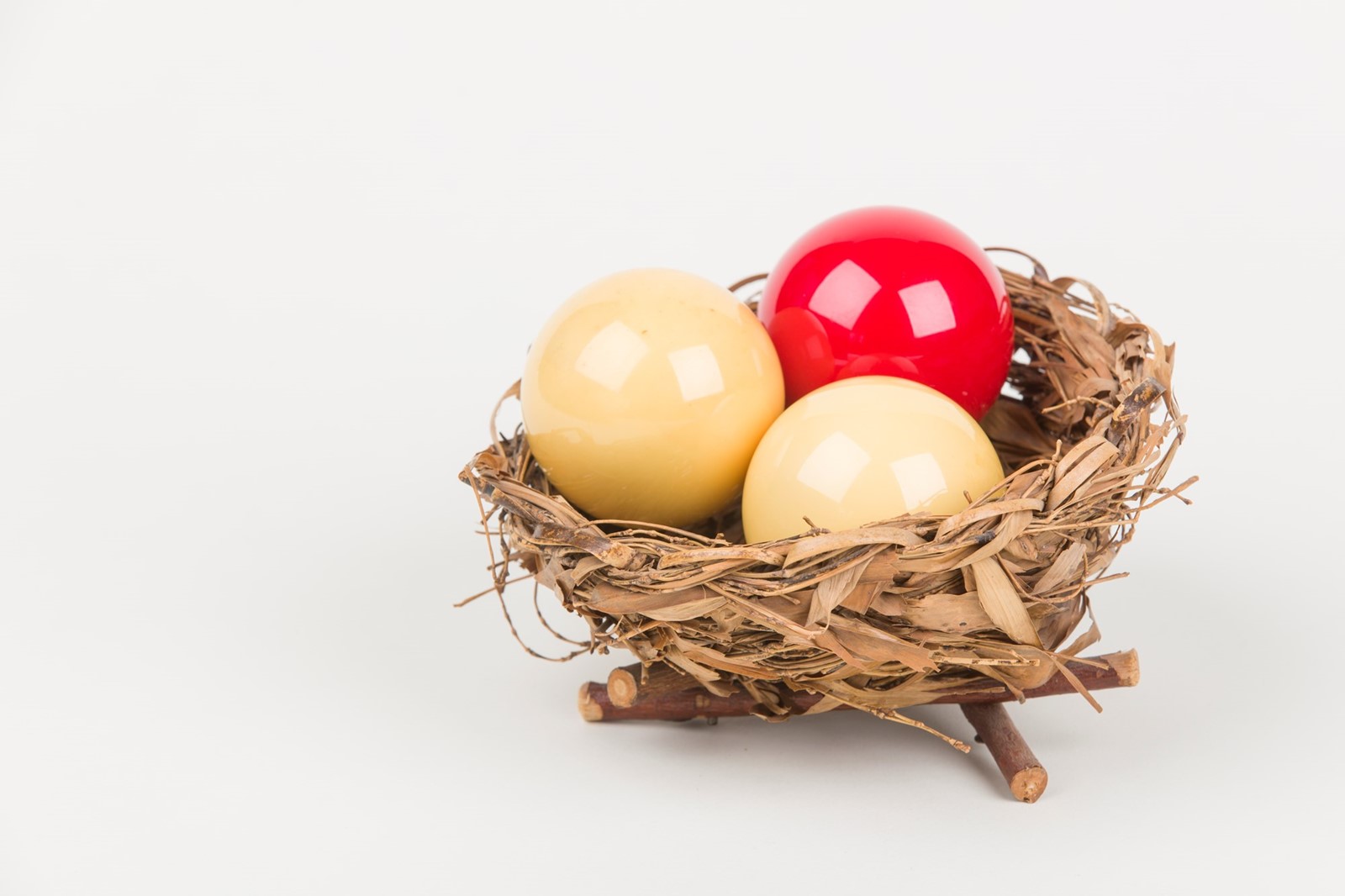Brussels is chaotic, rough around the edges, and a little dysfunctional. Yet it hasn’t fallen prey to tourist marketing or cultural giganticism and remains a place wholeheartedly dedicated to its arts. At the centre of it, now in its 34th year, Art Brussels plays host to 141 galleries from 28 countries across the globe, who bring together a panoply of what’s on trend right now in the creative sphere. The city is often considered to be an incubator for contemporary arts – the low rents, high concentration of wealthy collectors and geographical location (three hours from everywhere it seems), make it the ideal breeding ground for young galleries and institutions as an outsider alternative to Milan, London and Paris. Think: Berlin for grown-ups. This year, Art Brussels has found a new home in Tour and Taxis, a converted customs warehouse from 1904 that feels like a cathedral to industrialisation. The natural light streams in across the euro-cool crowd who navigate the booths and bars with a discerning eye.
Art fairs having been having a tough time lately – as every city presents at least one every six months or so, and with collector’s calendars already full, directors and curators are having to come up with innovative new formulas to keep visitors returning, and at the crest of this wave is Art Brussels. The all-female powerhouse team running the show recognise that the days of a fair as linear corridors of galleries showing “art fair art” are numbered. There is a real emphasis on curation, imagination and discovery. As the fair's artistic director, Katerina Gregos explains, “If I tried to describe the fair in one word, it would be quixotic.” But her starry-eyed vision has come to fruition and her four-year tenure at the helm has seen it become one of the most exciting fairs in Europe. Without further adieu, we chart the triumphs of Art Brussels 2016.
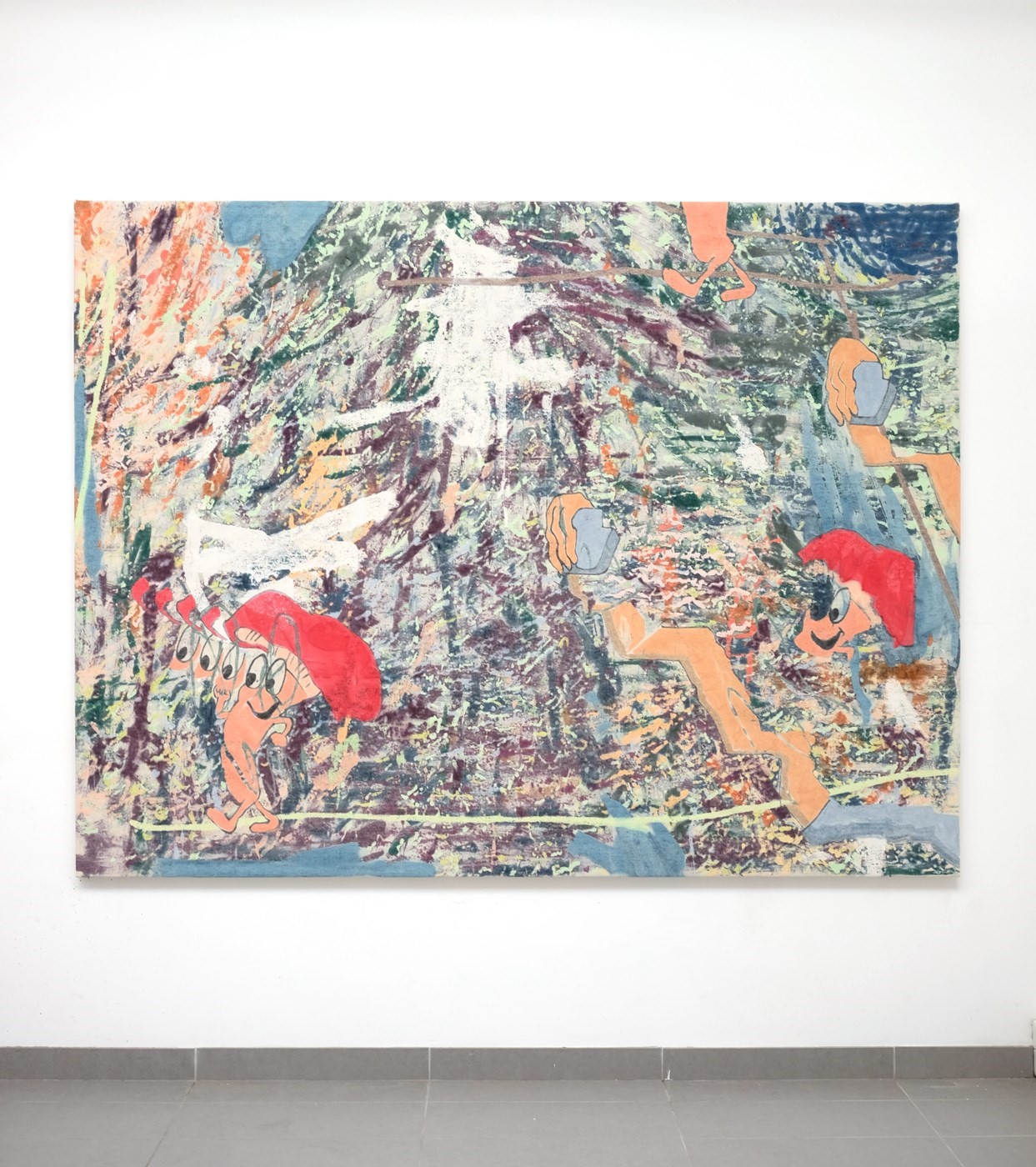
A Game of Detection
Divided into three categories, the main body of the fair consists of Discovery – where galleries under eight years old can show new work from emerging talents; Rediscovery – where galleries exhibit avant-garde artists from between 1917 and 1987 who have made a significant contribution to art history but have since slipped under the radar; and Prime – the gallery heavy-weights who flex the best of their collections of modern and contemporary art. The floor plan has been strategically chosen to guide the art brigade on a treasure hunt, with booths from each category being interwoven. It certainly keeps you on your toes. Look out for Australia’s General Store Gallery in the Discovery section, whose booth features large neon abstract paintings of nightmarish faces supported on plinths of multicoloured skulls, with a floor covered in photocopied chapters from a book on philosophy by the controversial Italian filmmaker Pier Paolo Pasolini. While New York’s Lyles and King gallery present another highlight, a showcase of painter Chris Hood, whose works are gestural and jokey, yet savvy and knowingly current.
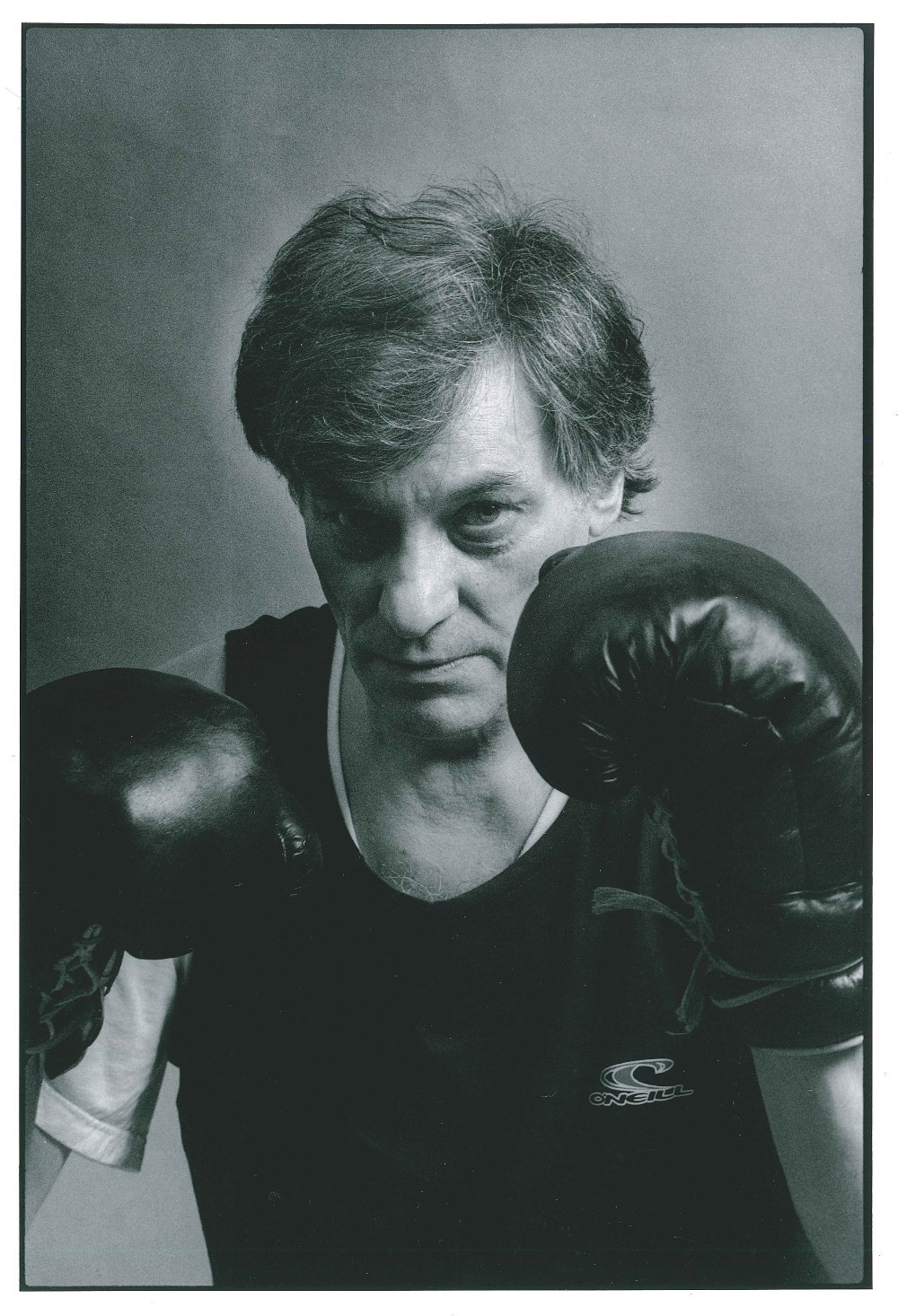
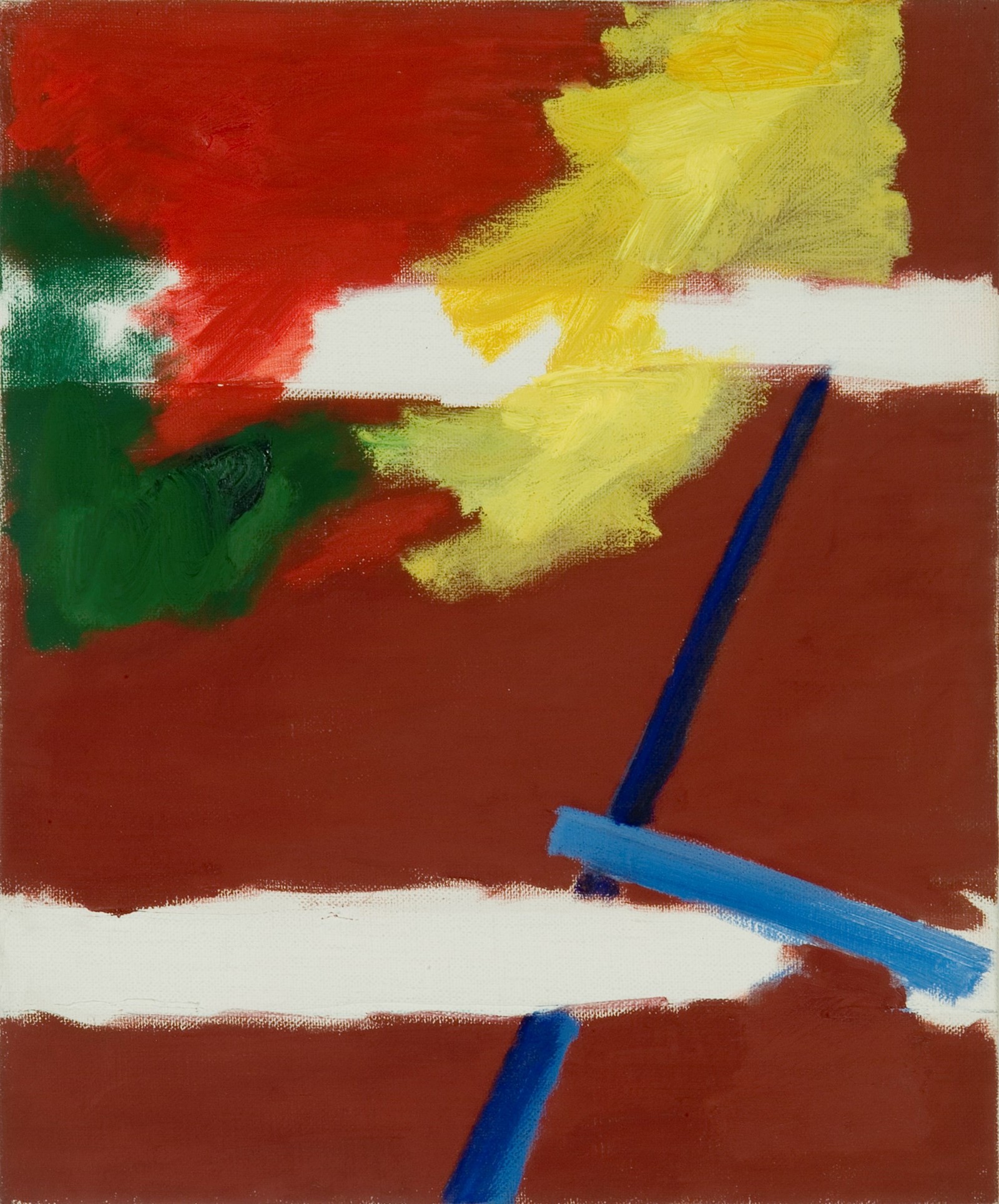
Artistry Over Commerce
“Out of the 30,000 visitors, 29,000 of them are not here to buy,” revealed Gregos. Recognising this, the fair has staged a public access exhibition entitled The Accidental Collection of Jan Hoet. Hoet, who passed away just two years ago, was the founder of Ghent’s contemporary art centre, SMAK. As a curator, he was known for giving complete control to the artists he worked with – which in return gained him their deep respect and caused close relationships to blossom.
Over his life, he amassed over 500 works of art and sentimental pieces of personal correspondence with leading 20-century artists such as Andy Warhol, Joseph Beuys, Marlene Dumas and Wim Delvoye. As a collection, it’s unique for its personal touch, growing not from motive or business but as a testament to his friendships. Curated as an enveloping circular diorama, the four-day-long show is an ephemeral testament to Hoet’s visionary and charming approach to curation.
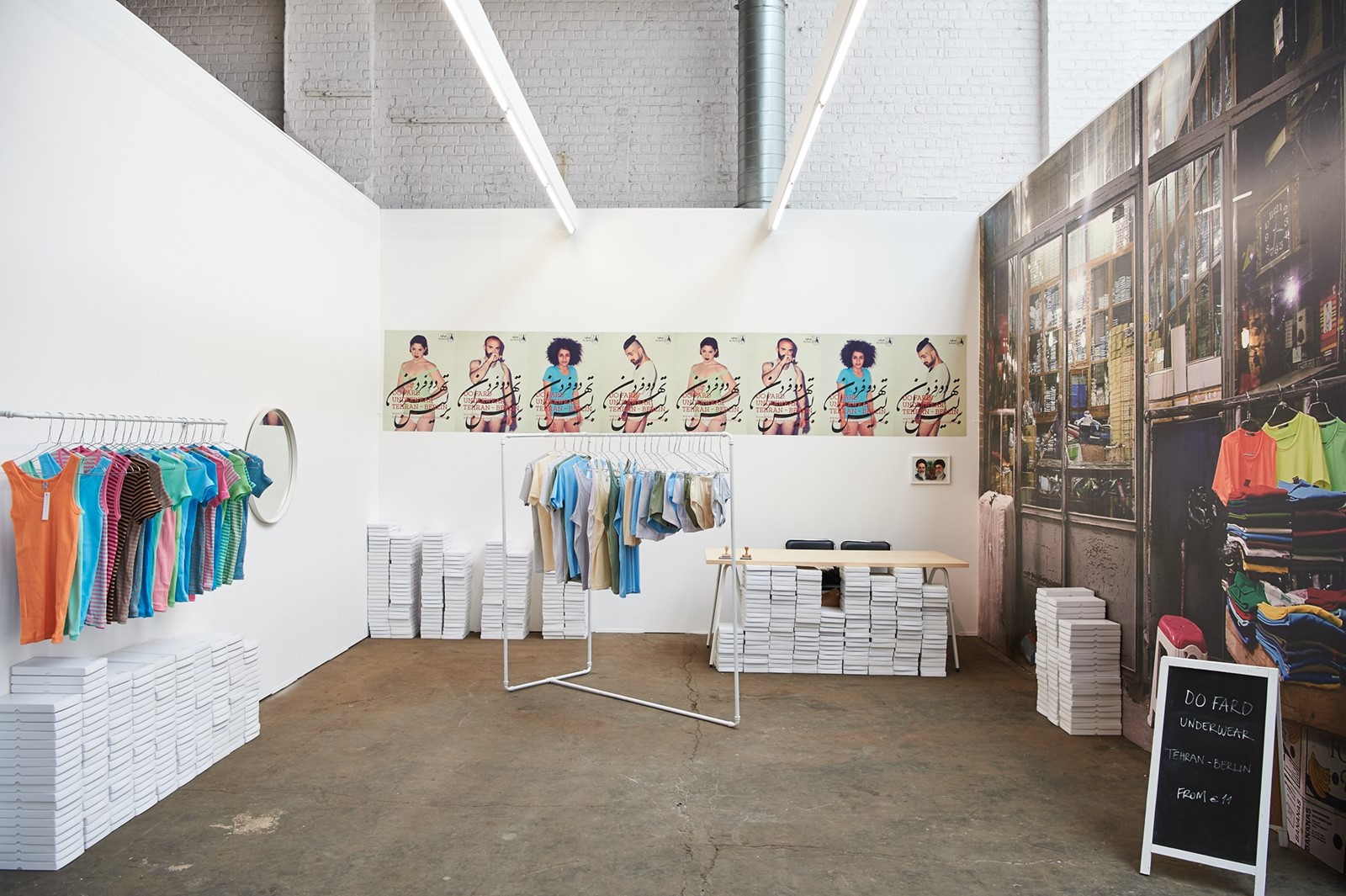
Carte Blanche Creativity
Now in its fourth year, another of Gregos’s pioneering ideas was to select ten global non-profit institutions and give them complete freedom to show what they like, thus providing a platform for cutting-edge creativity. Belgium collective Black Market, for example, is conducting a performance research piece throughout the fair, examining guerrilla methods of transmitting art, including staging performances when the fair is shut and distributing art disguised as bootleg DVDs. Another must-see comes courtesy of State of Concept, an Athens-based, non-profit gallery who have fashioned a minimalist boutique selling Iranian underwear normally found in Middle East markets and bazaars, challenging ideas of how the West understands the East.
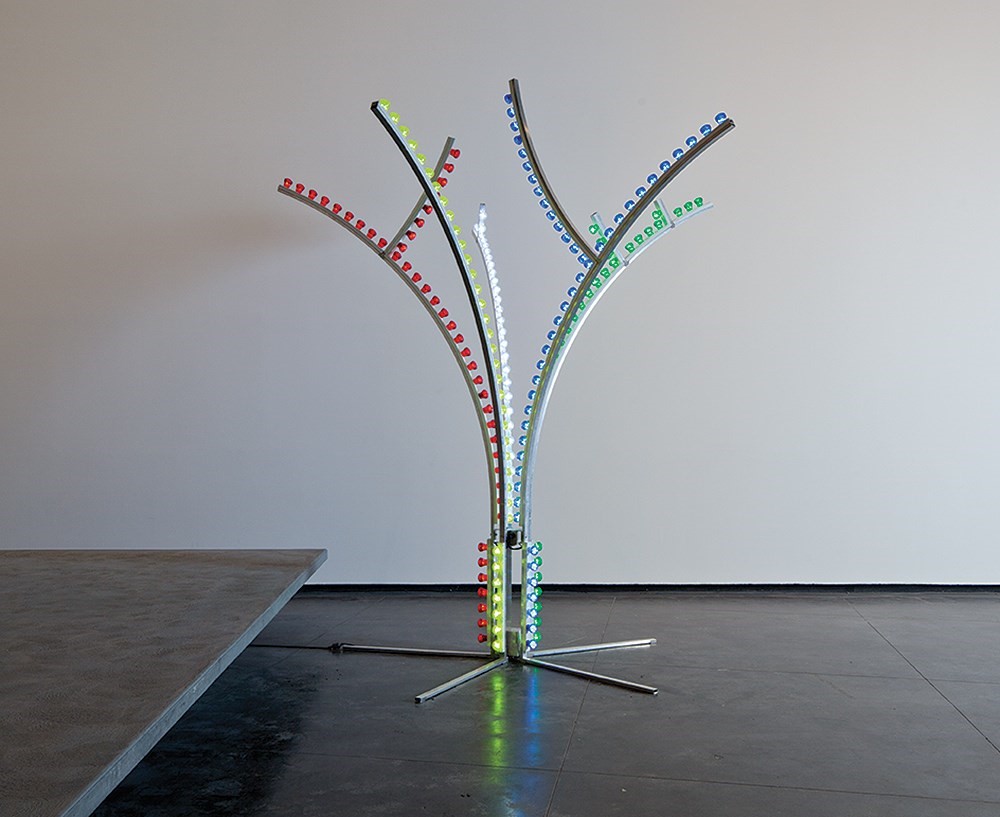
Out Of The Booth
As a new initiative for 2016, Art Brussels invited twelve international galleries to each lend a sculpture, which would collectively form a trail that weaves through the space, offering an alternative route around the fair. The highlight is Nathan Coley’s fairground-style light sculpture – the stuff of childhood dreams, with its candy-coloured bulbs harking back to a Saturday night on the Waltzers. Hank Willis Thomas’s metal speech bubble, titled: Ernest and Ruth, is also a witty remark on art doing an awful lot of talking, without really saying anything meaningful.

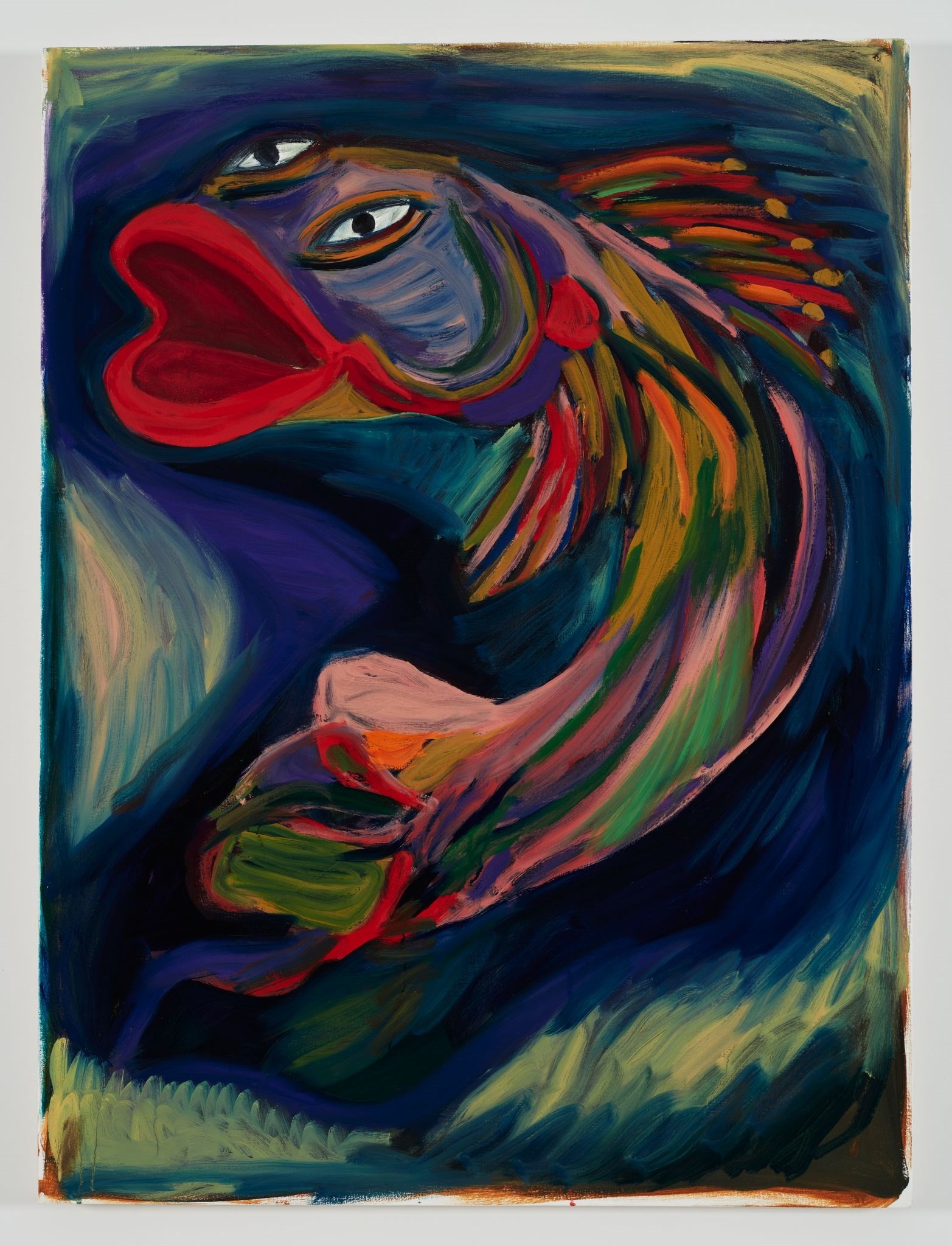
And The Art…
Of course, the main highlight of the fair is the art itself – and this year’s selection is both unique and exciting. Two distinct themes arise: a taste for linear but colourful abstraction and a sense of humour. Departing from the fashionable figurative, there is an abundance of works that focus on colour, material and pattern. Russell Tyler’s abstract canvases make all the right moves, as the paint dances in blobs and strokes in a symphony of movement and colour. Light-hearted irreverence is the other preoccupation at play, and Americans Josh Smith and Katherine Bernhardt, both of Xavier Hufkens Gallery, provide some comic relief with their take on modern painting. Smith’s fish are fluid, goggled-eyed koi that are full of painterly motion, while Bernhardt’s paintings mirror the joy and expressionism of naïve African printed textiles. As if that wasn't enough, the fair even boasts its own karaoke bar.
Art Brussels 2016 runs from Friday 22 April – Sunday 24 April at Tour and Taxis.
